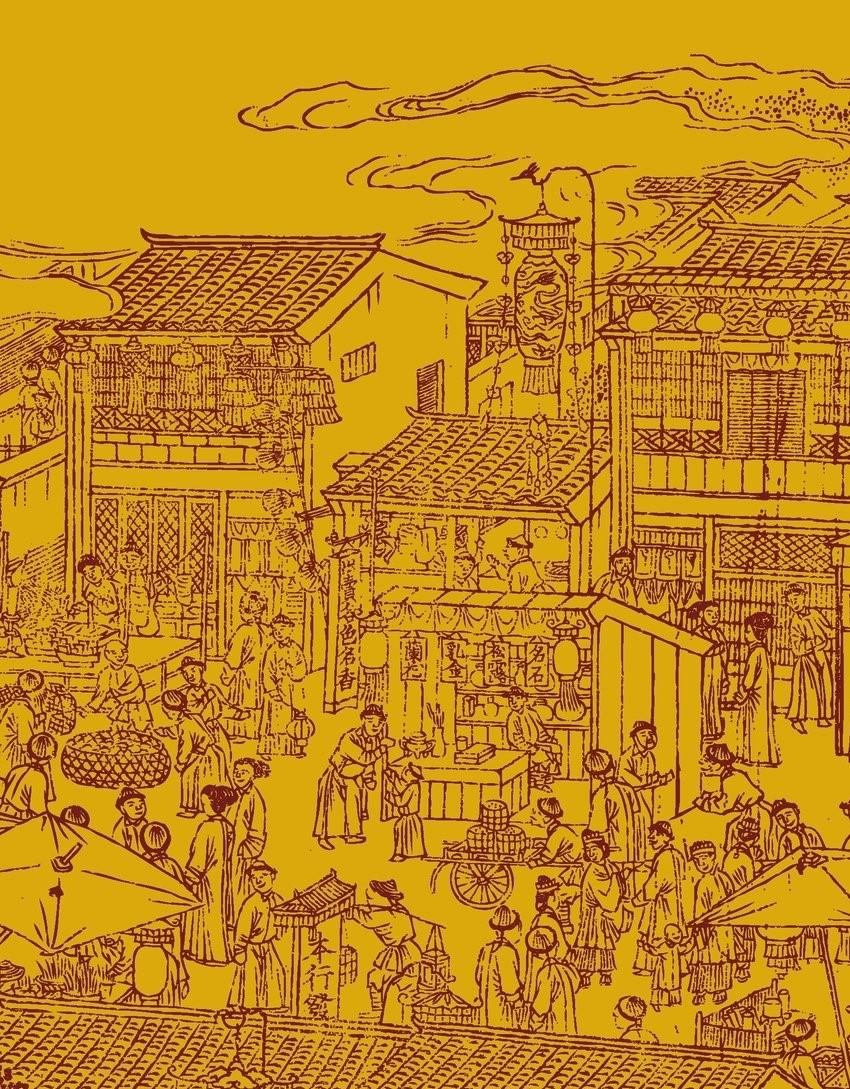Reading Early Modern Asian Empires

This course will introduce students to some of the main historical features of four major early modern Asian empires: the Ottoman, Safavid, Qing and Mughal empires. These four empires are major geo-political and cultural players of the early modern world, and their histories constitute essential knowledge for the understanding of the modern and contemporary East, South and Central Asia, the Middle East, and as well as large parts of Europe. The layout of the course is designed to provide introduction to the characteristics of four major Asian societies and bring to discussion to allow students to consider broader theoretical issues related to the early modern empires and political ideas. The proposed sessions will cover historical themes such as Ottoman political philosophy, the aftermath of the Safavid endorsement of Shiism as a state religion, the edification projects of the Qing dynasty’s local policies court in China and the expressions of the Mughals’ multicultural royal patronage. At the same time, they will also touch on theoretical broader issues, relevant beyond the specific case studies of the four Asian empires, such as early modern imperial international relations, the effects of imperial religious policies on minorities, methods of intensive governance, and the role of culture in promoting early modern political ideologies. A variety of primary sources will guide our discussions in class. These sources include English translations of original documents, such as scholarly and philosophical treatises, official and local histories, diplomatic correspondences, and court translations. Paintings, photos and even a virtual tour in Isfahan’s Abbasi Great Mosque will provide glimpses into the artistic manifestations and material dimensions of early modern Asian empires.
Image: Rear cover illustration of 'The Cambridge History of China, Volume 10: Late Ch'ing 1800-1911, Part 1'.
Cover originally from Todo meisho zue - Volume 3 (Osaka / Kyoto 1805) by Okada Gyokuzan (1737-1812).
